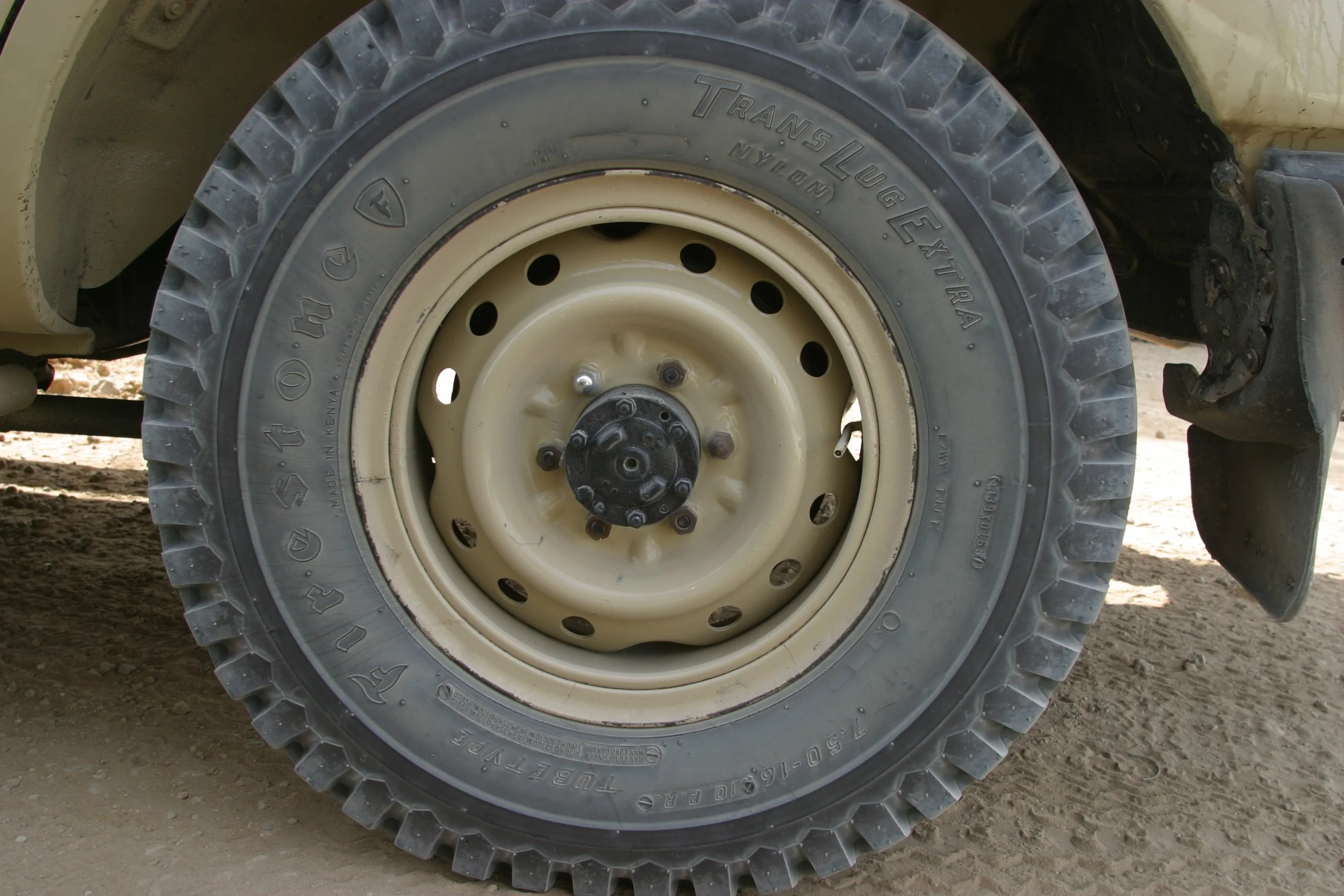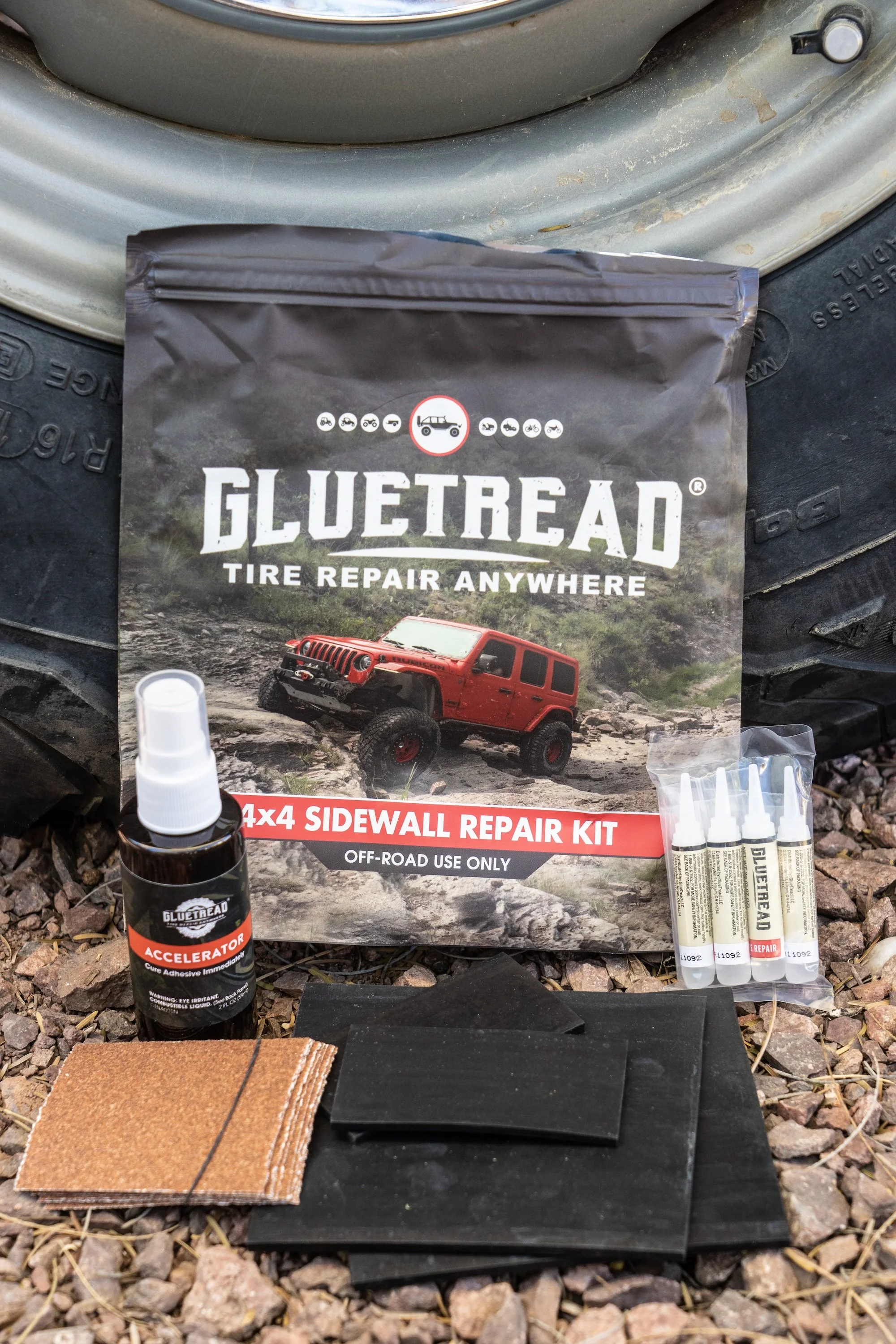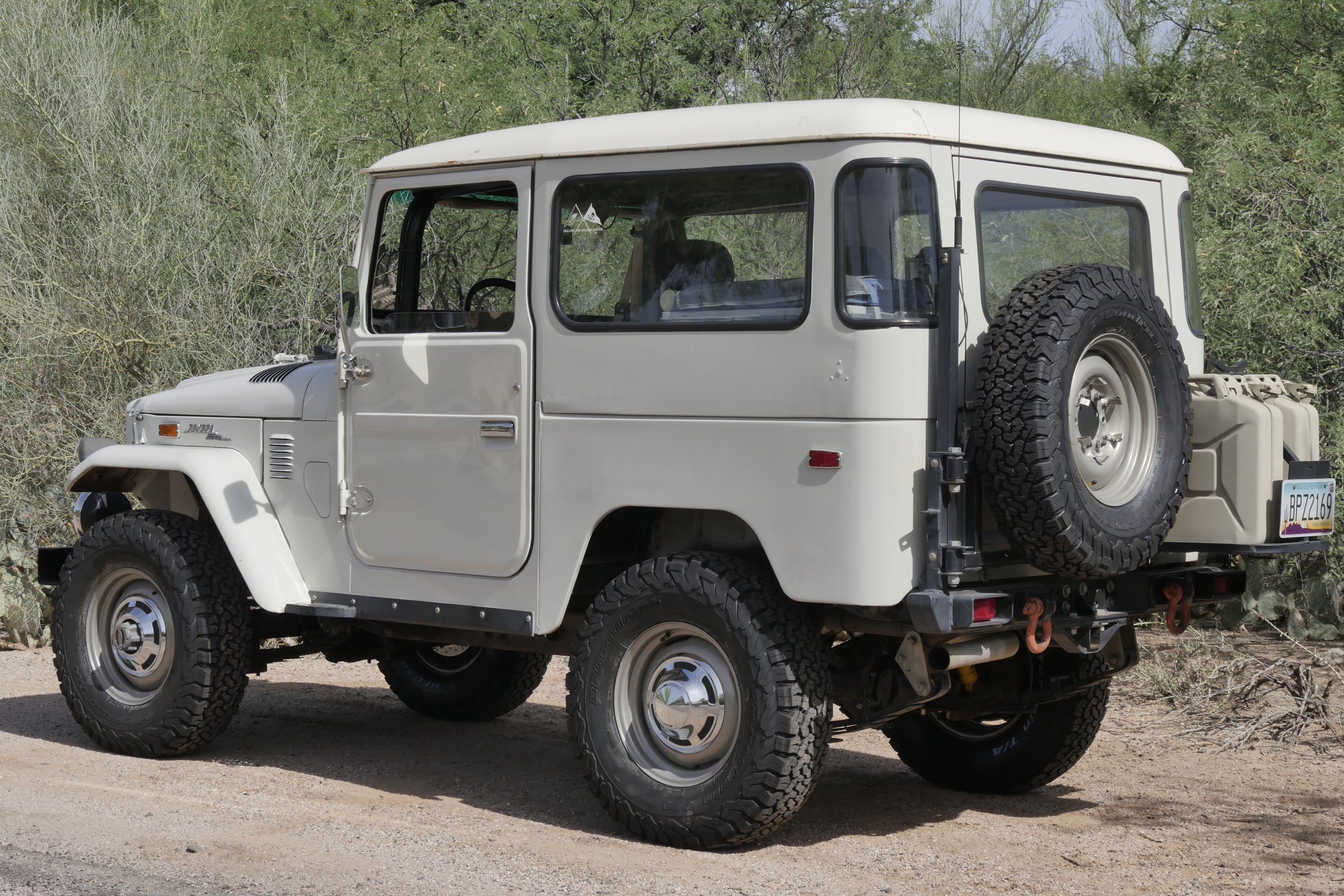Time for split rims to roll into the sunset
I’m astonished at how often I still read posts on various forums from those who want to swap out their tubeless tires and wheels for split rims and tubed tires. The rationale is all about the romantic aura that still clings to split rims—often glued there by those who still sell them. They’re “Heavy duty.” “Made for serious expedition use.” “You can repair and replace your tires in the bush!”
Is there substance behind the legend?
Let me put it this way: Swapping your tubeless tires and wheels for split rims and tubes because “You can changes tires in the bush!” makes as much sense as throwing away your electronic ignition system and installing a points-style distributor because you can set the gap with a matchbook cover. Or ditching your fuel injection for a carburetor because if your fuel pump goes out you can gravity-feed gas to the carb from a jerry can on the roof. Both quite true of course, but simply impractical—and unnecessary—given the reliability of modern ignition and fuel supply systems, which are actually far more trouble- and maintenance-free than their predecessors.
Let me explain why you neither want nor need to run split rims to be completely self-sufficient in terms of tire repair in the remotest regions on the planet.
I learned the hard way. In the 1990s I ran a sea kayak touring business in Mexico’s Gulf of California, using my FJ40 as the guide vehicle. I had no crew; it was just me and the Land Cruiser leading clients in their own vehicles to sometimes extremely remote beaches on the mainland and Baja Californian side of the gulf. I towed a home-built trailer that carried up to six kayaks, plus all the gear, food, and water we’d need. Obviously it was critical that my transport be faultlessly reliable to avoid the possibility of ruining the vacations of a half-dozen people—and having to refund a substantial chunk of money. I had complete confidence in the Land Cruiser although it already had more than 200,000 miles on it. What worried me were two things: the battery and the tires. At that time I was not aware of either dual-battery systems or tire plug kits, so I relied on the best battery I could find, and was a very early adopter of the Optima AGM. But for tires all I knew was the spare—and Roseann and I had experienced one epic 24 hours when we had a puncture in one tire on the way to a study site on the gulf 350 miles from home, and discovered a slow leak in another when we reached our camp after sunset. The result was a marathon slog back to Tucson in the middle of the night, seeking out open Pemex stations with compressors to top up the leaking tire.
It was around then I remembered reading about split rims and their vaunted repair-anywhere capability. And to my surprise, the local Toyota dealer was able to order a set of factory split rims, 16 x 5.5. I had a set of 235/85 x 16 BFG All-Terrains mounted at the local Pep Boys—the only store in town willing to do so. I bought a set of tire irons and practiced removing and replacing tires until I could complete the entire procedure in less than 20 minutes (not counting any time to repair a tube). I carried a cheap compressor and a bicycle tire pump as backup. I figured my tire worries were behind me.
And, after a fashion, they were.
Let me digress here to discount a myth. The Toyota-style split rim, a two-piece wheel comprising the main body of the wheel and a separate, spring-steel retaining ring on the outside edge, is completely, utterly safe to work on with hand tools. With the tire deflated there is scant tension on the retaining ring, and it is easy to pry off with irons. Re-installing it is a simple matter of tucking one free end under the edge of the rim, then stomping the perimeter into place. It’s obvious when the ring is correctly placed, and it cannot fly off when re-inflating the tire. You would have to do something really stupid to injure yourself with this style wheel. (Toyota Gibraltar Stockholdings has an excellent video on the procedure, here.) However, they are heavy. I never weighed mine, but I noticed a definite diminution in ride comfort—astonishing given the normal state of “ride comfort” in an FJ40.
Back to the field. Indeed, I proved my ability to repair punctures anywhere. Clients were impressed with the procedure—at least the first time. But there were problems. First, any puncture necessitated a complete breakdown of the assembly to patch the tube. Small nails, which might remain in a tubeless tire for days with little loss of air, immediately deflated the tube because the nail squirmed around in the tube as the tire rolled, enlarging the hole. I experienced significantly more flats with tubed tires than I had with tubeless tires. In addition, I had recently learned about the benefits of airing down for driving in soft sand—and at the same time was warned about doing so with tubed tires, due to the danger of the tire moving on the rim enough to shear off the valve stem. Tube-type tire beads do not grip the rim like those on tubeless tires, which require a tight bead seal to hold in air. Tube-type tires are held in place largely by the outward pressure of the inflated tube. My Land Cruiser’s ability to cope with Mexican beach sand was hampered by my fear of airing down below 25 psi or so.
Worse was to come, again as a result of my—and Pep Boys’—ignorance. They had sold me standard, tubeless BFGs. I didn’t think anything of it, but later I learned why there are tires specifically designated “tube type.” Tubeless tires are left with a rough interior finish, which if installed with tubes abrades them quickly. Tube-type tires are finished inside to avoid this. A little over a year into my time with split rims I experienced two catastrophic blowouts close to each other. I was alarmed at the first one but didn’t suspect a proximate cause until the second. Some pre-Google research revealed the issue.
By that time I had had enough. In the intervening year I’d learned about plug kits, with which I could repair at least 90 percent of the punctures I’d experienced in a couple minutes, without even removing the wheel from the vehicle. But plug kits, of course, are useless on tubed tires. So I sold my romantic, evocative, “heavy-duty, expedition-ready” split rims and went back to standard rims and tubeless tires. Shortly thereafter I heard about the Australian-made Tyreplier, which makes easy work of breaking the bead on a tubeless rim, and I learned how to re-seat a bead on a tubeless tire. I could now, if necessary, completely break down a one-piece wheel and tire just as I had with the split rim.
Using Tyrepliers to break the bead on a tubeless tire and wheel, prior to demounting.
More recently, the Glue Tread kit enables temporary exterior sidewall repairs on tubeless tires that formerly would have required demounting.
(There was one follow-on from this experiment with split rims. I’d learned to love the 235/85 x 16 tire size, and in another few years discovered City Racer’s 16-inch wheels, which are the perfect width for that tire and come complete with clips for the stock FJ40 hub caps.)
One-piece wheels from City Racer facilitate fitting of tubeless 235/85-16 All-Terrains.
Some of you might be wondering: If this is all true, why do so many African Land Cruisers and Land Rovers still run split rims? And why does Toyota Gibraltar Stockholdings, which supplies new Land Cruisers to aid agencies all over the world, still equip their vehicles with split rims?
I have a couple of theories. First, I’ve driven many thousands of miles in split-rim-equipped Land Cruisers in East Africa and never suffered a puncture, I think for two reasons. First, the tires on these vehicles are typically heavy-duty bias-ply models, usually with a ten-ply rating, not oriented toward benign road manners. They simply shrug off most thorns. Second, there are vanishingly few random nails and screws left lying on the backroads of Africa—they’re simply too valuable there.
The second theory applies to Toyota Gibraltar Stockholdings vehicles as well as the African rentals. These vehicles are used in places that don’t have tire shops with the big powered removal stands you see the guys in Discount Tire using to remove or install a tubeless tire in seconds. Instead they are probably operating out of camps or bases where new tires arrive in a stack on a truck or transport aircraft and must be installed on site. And while, as I mentioned, it’s perfectly possible to completely remove a tubeless tire from a one-piece rim with hand tools and replace it again, it’s far faster and easier with a split rim and a tubed tire—refer again to that video above.
I had fun learning how to manage split rim wheels and tubed tires. I’m happy to have the skill while driving in Africa, even though I have yet to need it. But I wouldn’t dream of reverting to split rims on any of my own vehicles.
Edit: I was taken to task by a friend and stickler on such things for using the generic term “split rim.” To be precise, a true split rim is a wheel that is bolted together in two vertical halves. The type of wheel we’re discussing here is technically a “retaining ring” or “split ring” wheel, in which only the outer, bead-retaining ring is removable.





